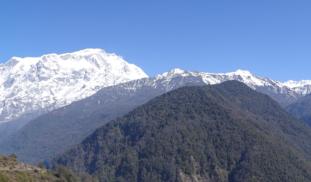Please wait...
About This Project
Friends of Nature
The presence of clouded leopard Neofelis nebulosa, a globally threatened species, in Hugu-Kori forests was confirmed only recently in 2012. The proposed study aims to quantify the status of clouded leopard, assess inter-specific interaction between felids in the area and identify/document prevalent threats to the survival of the species. Based on the information gathered, future conservation measures can be planned and implemented.





